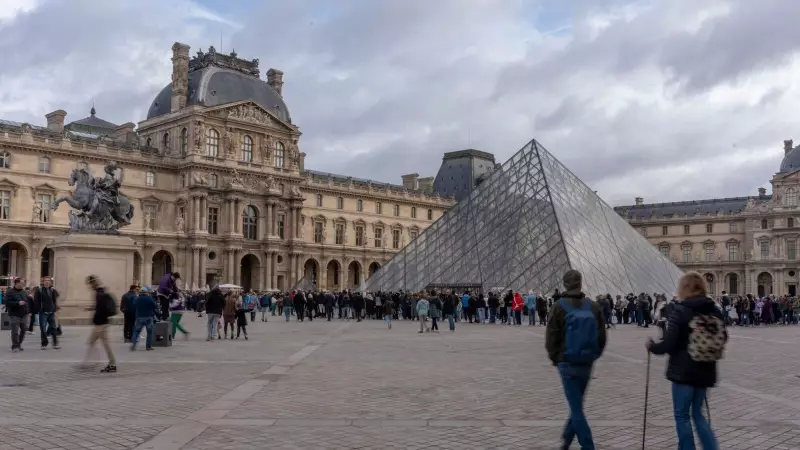
In a stunning revelation that has shaken the art world, Paris police have admitted that the Louvre Museum's security systems showed critical vulnerabilities during a recent high-value jewellery theft. The world's most visited museum, which houses priceless treasures like the Mona Lisa, fell victim to thieves who exploited ageing technology and surveillance gaps.
Security System Failures Exposed
According to police sources, the museum's outdated CCTV infrastructure and multiple surveillance blind spots created the perfect conditions for the brazen theft. The ageing tech system, which should have been the first line of defence, instead became the weakest link in the Louvre's security armour.
What Went Wrong at the Louvre?
- Obsolete CCTV technology that failed to provide adequate coverage
- Multiple blind spots throughout the museum premises
- Inadequate monitoring systems that allowed thieves to operate undetected
- Delayed response protocols that gave criminals ample escape time
A Wake-Up Call for Museum Security
The successful heist at one of the world's most secure institutions has sent shockwaves through the global museum community. Security experts are calling this incident a wake-up call for cultural institutions worldwide that rely on outdated protection systems.
"When a institution of Louvre's stature can be breached this easily, it raises questions about security standards across the museum sector," noted a security analyst familiar with the investigation.
Police Investigation Reveals Systemic Issues
Paris police officials confirmed that their ongoing investigation has uncovered multiple chinks in the museum's security armour. The thieves apparently identified and exploited these weaknesses with precision timing, suggesting either insider knowledge or sophisticated reconnaissance.
The incident has prompted urgent reviews of security protocols at major museums across Europe, with many considering immediate upgrades to their surveillance and alarm systems.





